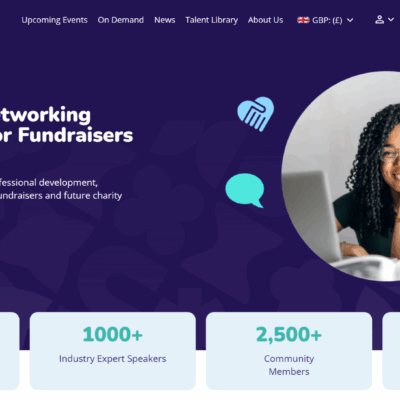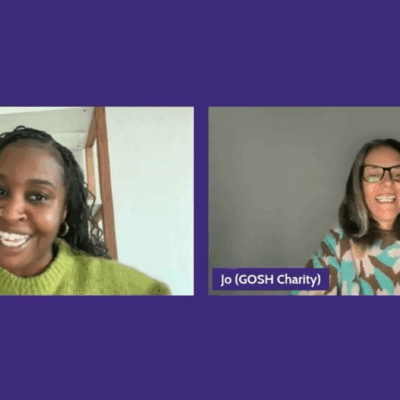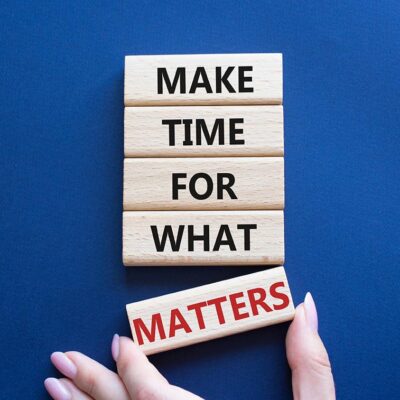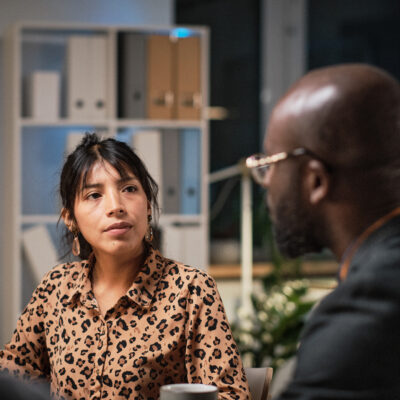
January 20, 2026
Fundraising Everywhere in 2026: Building the best, and easiest, place to grow as a fundraiser
Every January we take a moment to pause, look back, and be open about what we’ve learned – and then look ahead at what we’re committing to improve.
Fundraising Everywhere exists for one simple reason: to help fundraisers feel more confident, capable and supported in their work. That means constantly asking ourselves hard questions. What’s working? What isn’t? Where are we creating friction? And where could we do better for our community?
2025 was a big year for us. A year of growth, learning, and deliberate investment. And 2026 is about making sure all of that translates into something even better for you.
This is our review of what we focused on in 2025 – and what we’re committing to next.














